Ever wondered how some photographers get their subjects in sharp focus while the rest of the photo is softly out of focus?
Or how they get such great photos in near darkness? 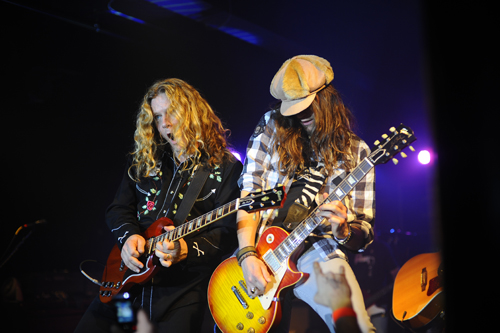
If you have a DSLR camera (and the kit lens that came with it) and you are longing to get portraits like you see in magazines, you might just be a mere $135.00 away from your goal.
The kit lenses that ship with most DSLR cameras are built to be work horses to satisfy the masses. They have focal lengths (for example) between 18-55mm and serve the purposes of 75% of camera users. The next lens you might have already stepped up to could be the 55-200mm f/4 – 5.6 to compliment that 18-55. But have you ever considered a 50mm 1.8 lens?
A lot of people get hung up on focal length (the18-55mm part). What a large percentage of folks overlook is how “bright (aka fast)” the lens is. If you look at your kit lens, it might read something like this:
18-55mm f/3.5 – 5.6 The first part of that alphabet soup is the focal length of the lens (18mm-55mm) but it is the second part (f3.5 – 5.6) that tells you how “fast” the lens is. In other words, the maximum “Aperture” of the lens.
Think of aperture this way. When you’ve been in the dark for a few minutes, your pupils get really big. This allows more light to enter your eye and you see better in the dark. Flip a bright light on and you are forced to shut your eyes until your pupils get smaller, and let in less light.
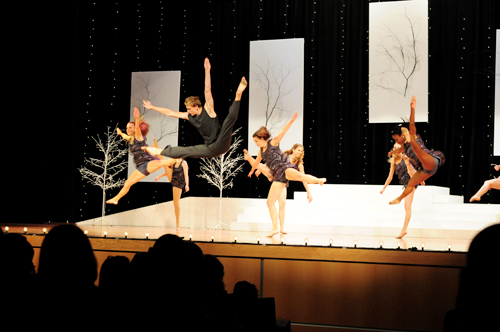
The other thing a fast lens does for you is give you that sought after shallow depth of field effect, also known as Bokeh. The idea here is that your subject is sharp and the background (or foreground, or both) are softened, or blurred. This makes your primary subject stand out and helps with composing a better shot.
When you shoot with an Aperture of 1.8, you have very shallow depth of field, the lens opens up very wide, and you can use a faster shutter speed and lower ISO. This is ideal for getting great shots in very low light without a flash.
So what’s the secret? Look beyond the tele range of your next lens, and pay attention to how “fast” the lens is. Take note, a 55-200mm f/4 – 5.6 lens may cost you $230, but the 2.8 version will cost 5 to 10 times that. The good news is that a 50mm 1.8 will only set you back about $130 (which is what I shot most of these photos with). If you want to step up to the 50mm 1.4, you will pay between $330 – $500.

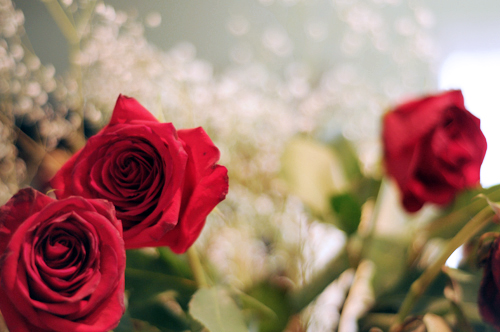
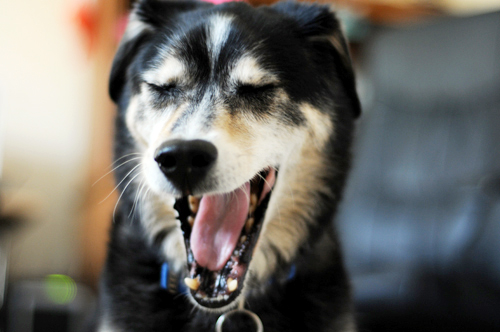
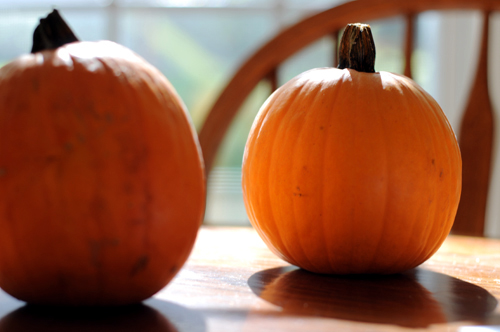
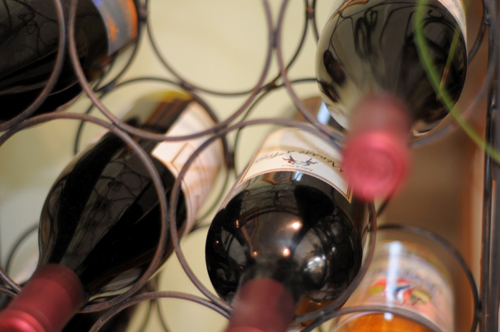
Leave a Reply